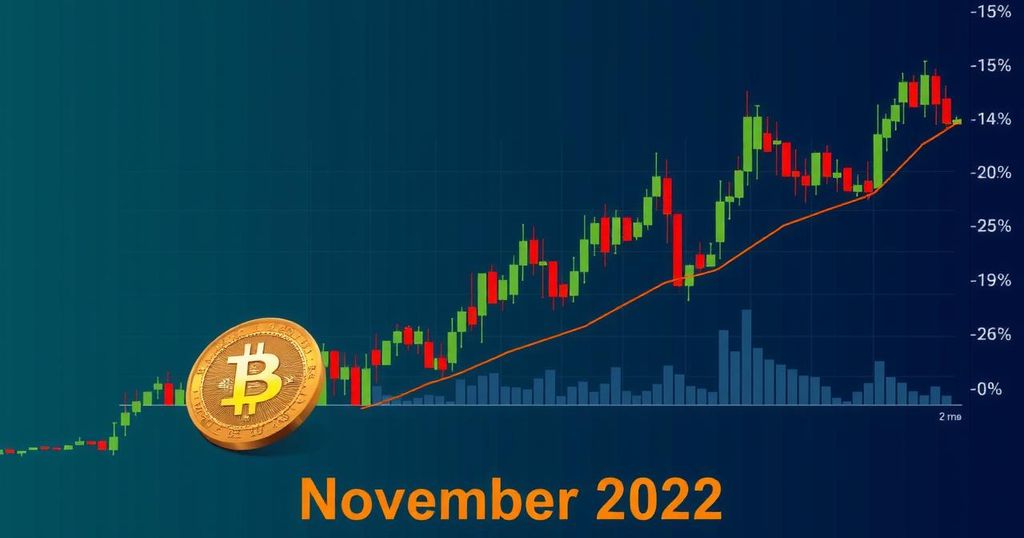The Impact of Investor Sentiment on Ether Price Movement
As per the analysis by Nansen, the recent decline in the price of Ether cannot be solely attributed to the outflows from spot Ether exchange-traded funds (ETFs). Instead, it is indicative of the diminished interest among investors in the cryptocurrency. Despite the introduction of United States-based spot Ether ETFs on July 23, net outflows of $420.5 million have been observed. However, the sluggish price movement of Ether is believed to be a consequence of the reduced risk appetite among investors, rather than the ETF outflows.
Aurelie Barthere, the principal research analyst at Nansen onchain analytics platform, has elucidated that the decrease in Ether’s price is not directly linked to the ETF launch. This is substantiated by the fact that Bitcoin also experienced a 14% decline since July 23, suggesting a broader market trend. Initially, investors held optimistic expectations regarding a potential price surge following the introduction of Ether ETFs, which previously led to a 75% surge in new investments in Bitcoin. However, Ether’s price has plummeted by over 26%, trading at $2,587 on August 19, down from $3,500 on the launch date of the US spot Ether ETFs.
Furthermore, the recent downturn in the crypto market, impacting both Bitcoin and Ether, has been attributed to the broader equities sector. Nansen’s Barthere explained that the sell-off was not confined to the crypto market, but was influenced by slowing US growth and overvaluation in traditional risk assets like US equities.
Apart from the market sell-off, other factors contributing to the decline in Ether’s price include the Bank of Japan’s decision to raise its interest rate from 0% to 0.25% on August 5. Additionally, significant sell-offs by top market makers further influenced Ether’s price, resulting in a crash from $3,000 to below $2,200.
The prevailing subdued prices of cryptocurrencies have sparked debates regarding whether this signifies a temporary correction or heralds the end of the current bull market. Barthere emphasized that the forthcoming monetary policy decisions of the Federal Reserve will play a pivotal role in determining the future trajectory of the crypto and equities markets.
While the future remains uncertain, some experts anticipate that the current crypto bull market may persist until the third quarter of 2025. Bybit and BlockScholes project that Bitcoin’s bull run will extend another 350 days based on the current trough-to-peak ratio, which analyzes the price tops and bottoms printed by an asset.
In conclusion, the recent decline in Ether’s price cannot be solely attributed to the outflows from spot Ether ETFs. Instead, it reflects a broader trend of reduced risk appetite among investors and a market sell-off influenced by various economic factors. The future trajectory of cryptocurrency prices will be closely linked to the decisions of the US Federal Reserve and the overall performance of traditional risk assets.








Post Comment